Flood Safety

Flooding is a coast to coast threat to the United States and its territories nearly every day of the year. This page is designed with pages to teach you how to stay safe in a flood event. If you know what to do before, during, and after a flood you can increase your chances of survival. Here you will find an interactive flood map, information describing the different types of flooding, educational material, and resources on how the National Weather Service keeps you aware of potentially dangerous flooding situations.
Flood Warning Vs. Watch
What is the difference between a Flood Watch and a Flood Warning issued by the National Weather Service?
Flash Flood Warning: Take Action!
A Flash Flood Warning is issued when a flash flood is imminent or occurring. If you are in a flood prone area move immediately to high ground. A flash flood is a sudden violent flood that can take from minutes to hours to develop. It is even possible to experience a flash flood in areas not immediately receiving rain.
Flood Warning: Take Action!
A Flood Warning is issued when the hazardous weather event is imminent or already happening. A Flood Warning is issued when flooding is imminent
or occurring.
Flood Watch: Be Prepared
A Flood Watch is issued when conditions are favorable for a specific hazardous weather event to occur. A Flood Watch is issued when conditions are favorable for flooding. It does not mean flooding will occur, but it is possible.
Flood Advisory: Be Aware
An Flood Advisory is issued when a specific weather event that is forecast to occur may become a nuisance. A Flood Advisory is issued when flooding is not expected to be bad enough to issue a warning. However, it may cause significant inconvenience, and if caution is not exercised, it could lead to situations that may threaten life and/or property.
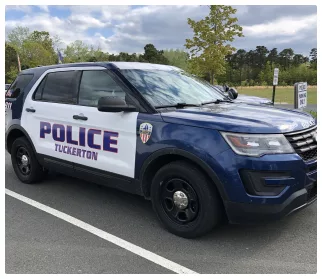
Before a Flood Happens
Sometimes floods develop slowly and forecasters can anticipate where a flood will happen days or weeks before it occurs. Oftentimes flash floods can occur within minutes and sometimes without any sign of rain. Being prepared can save your life and give you peace of mind.
Create a Communications Plan
It is important to be able to communicate with your family and friends in the event of a disaster. Whether it is having a specific person identified to contact for status updates or a safe location to meet up with family members, having a plan in place will give you peace of mind if disaster does strike.
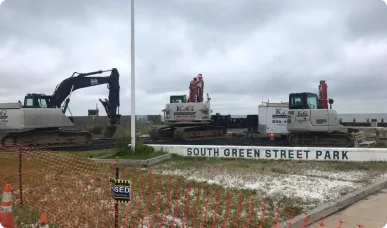
Assemble an Emergency Kit
It is good practice to have enough food, water and medicine on hand at all times to last you at least 3 days in the case of an emergency. Water service may be interrupted or unsafe to drink and food requiring little cooking and no refrigeration may be needed if electric power is interrupted. You should also have batteries, blankets, flashlights, first aid kit, rubber boots, rubber gloves, and a NOAA Weather Radio or other battery operated radio easily available.
Know Your Risk
Is your home, business or school in a floodplain? Where is water likely to collect on the roadways you most often travel? What is the fastest way to get to higher ground? Knowing the answers to these questions ahead of time can save your life.
Sign Up for Notifications
The Advanced Hydrologic Prediction Service provides RSS feeds for observed forecast and alert river conditions to help keep the public informed about local water conditions.
Prepare Your Home
- If you have access to sandbags or other materials, use them to protect your home from flood waters if you have sufficient time to do so. Filling sandbags can take more time than you may think.
- Have a professional install check-valves in plumbing to prevent flood waters from backing up into the drains of your home. Make sure your sump pump is working and consider having a backup. Make sure your electric circuit breakers, or fuses, are clearly marked for each area of your home.
- Since standard homeowners insurance doesn't cover flooding, ensure coverage by contacting your insurance company or agent to purchase flood insurance. This must be done before there is even a threat of flooding as insurance companies stop issuing policies if there is a threat of flooding. (i.e. an approaching hurricane). Many flood insurance policies take at least 30 days to go into effect so even if you can buy it as a storm is approaching, it may not protect your investment.



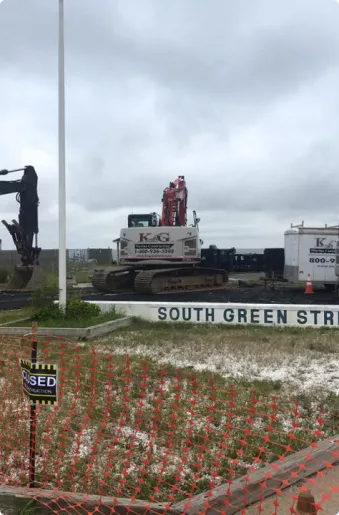
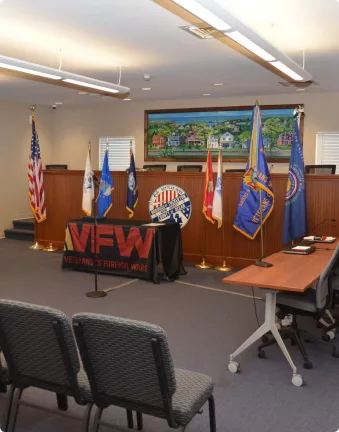
Prepare your Family/Pets
You may be evacuated, so pack in advance. Don't wait until the last moment to gather the essentials for yourself, your family and/or your pets.
Charge Your Essential Electronics
Make sure your cell phone and portable radios are all charged in case you lose power or need to evacuate. Also make sure you have back-up batteries on hand.
Leave
If it is likely your home will flood, don't wait to be ordered to leave; evacuate yourself! Make alternative plans for a place to stay. If you have pets, take them with you or make arrangements to board them at a facility well away from the flooding danger.
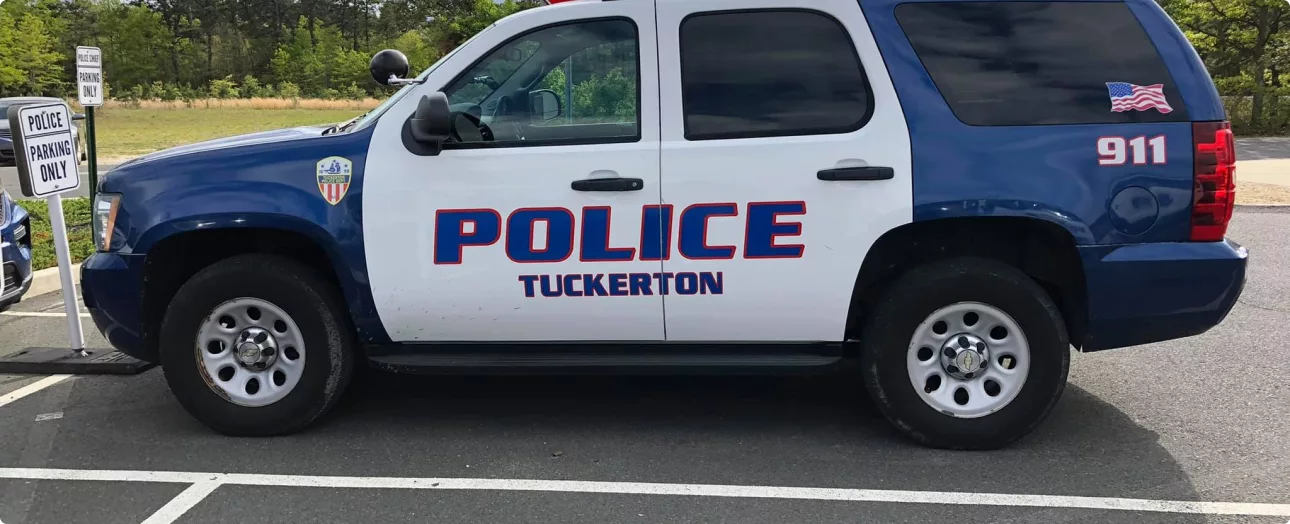
During a Flood
During a flood, water levels and the rate the water is flowing can quickly change. Remain aware and monitor local radio and television outlets. Avoid flood waters at all costs and evacuate immediately when water starts to rise. Don't wait until it's too late!
Stay Informed
Monitor local radio and television (including NOAA Weather Radio), internet and social media for information and updates.
Get to Higher Ground
Get out of areas subject to flooding and get to higher ground immediately.
Obey Evacuation Orders
If told to evacuate, do so immediately. Be sure to lock your home as you leave. If you have time, disconnect utilities and appliances.
Practice Electrical Safety
Don't go into a basement, or any room, if water covers the electrical outlets or if cords are submerged. If you see sparks or hear buzzing, crackling, snapping or popping noises --get out! Stay out of water that may have electricity in it!
Avoid Flood waters
Do not walk through flood waters. It only takes six inches of moving water to knock you off your feet. If you are trapped by moving water, move to the highest possible point and call 911 for help.
Do not drive into flooded roadways or around a barricade; Turn Around, Don't Drown! Water may be deeper than it appears and can hide many hazards (i.e. sharp objects, washed out road surfaces, electrical wires, chemicals, etc). A vehicle caught in swiftly moving water can be swept away in a matter of seconds. Twelve inches of water can float a car or small SUV and 18 inches of water can carry away large vehicles.
After a Flood
When flood waters recede, the damage left behind can be devastating and present many dangers. Images of flood destruction depict destroyed homes and buildings, damaged possessions, and decimated roadways. However, what you can't see can be just as dangerous. Floodwaters often become contaminated with sewage or chemicals. Gas leaks and live power lines can be deadly, but are not obvious at first glance.
Avoid Flood waters
Stay tuned to your local news for updated information on road conditions. Ensure water is safe to drink, cook or clean with after a flood. Oftentimes a boil water order is put in place following a flood. Check with utility companies to find out when electricity or gas services may be restored. Carbon monoxide poisoning is one of the leading causes of death after storms when areas are dealing with power outages. Never use a portable generator inside your home or garage. Review generator safety
Avoid Flood waters
Standing water hides many dangers including toxins and chemicals. There may be debris under the water and the road surface may have been compromised.
If it is likely your home will flood, don't wait to be ordered to leave; evacuate yourself! Make alternative plans for a place to stay. If you have pets, take them with you or make arrangements to board them at a facility well away from the flooding danger.
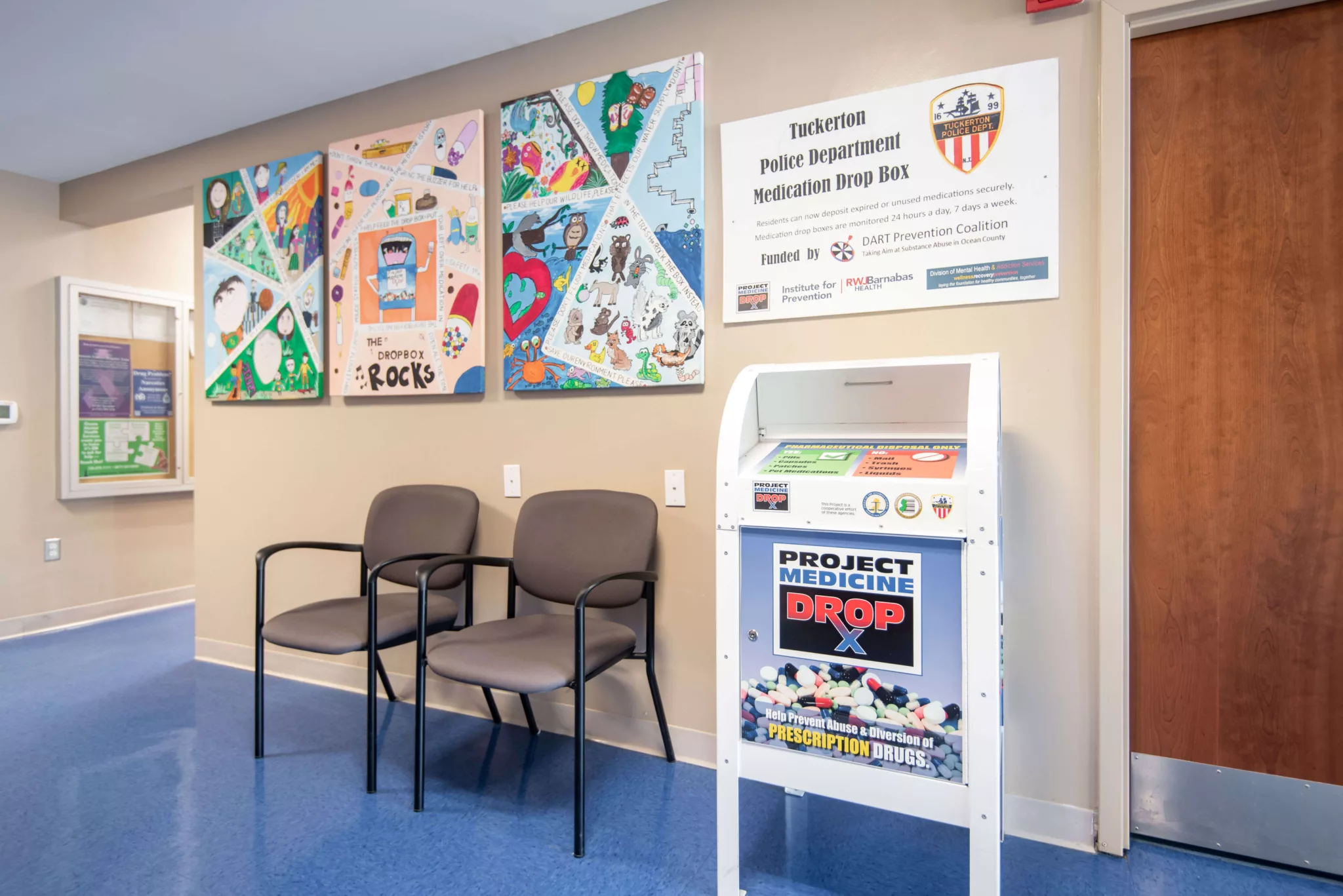
Avoid Disaster Areas
Do not visit disaster areas! Your presence may hamper rescue and other emergency operations.
Heed Road Closed and Cautionary Signs
Road closure and other cautionary signs are put in place for your safety. Pay attention to them!
Wait for the "All Clear"
Do not enter a flood damaged home or building until you're given the all clear by authorities. If you choose to enter a flood damaged building, be extremely careful. Water can compromise the structural integrity and its foundation. Make sure the electrical system has been turned off, otherwise contact the power company or a qualified electrician. Contact your insurance agent as soon as possible to discuss the damage done to your property. If you have a home generator, be sure to follow proper safety procedures for use. You can find generator safety information at: http://www.usfa.fema.gov/citizens/co/generator.shtm
Contact Your Family and Loved Ones
Let your family and close friends know that you’re okay so they can help spread the word. Register with or search the American Red Cross’s Safe and Well listings.

